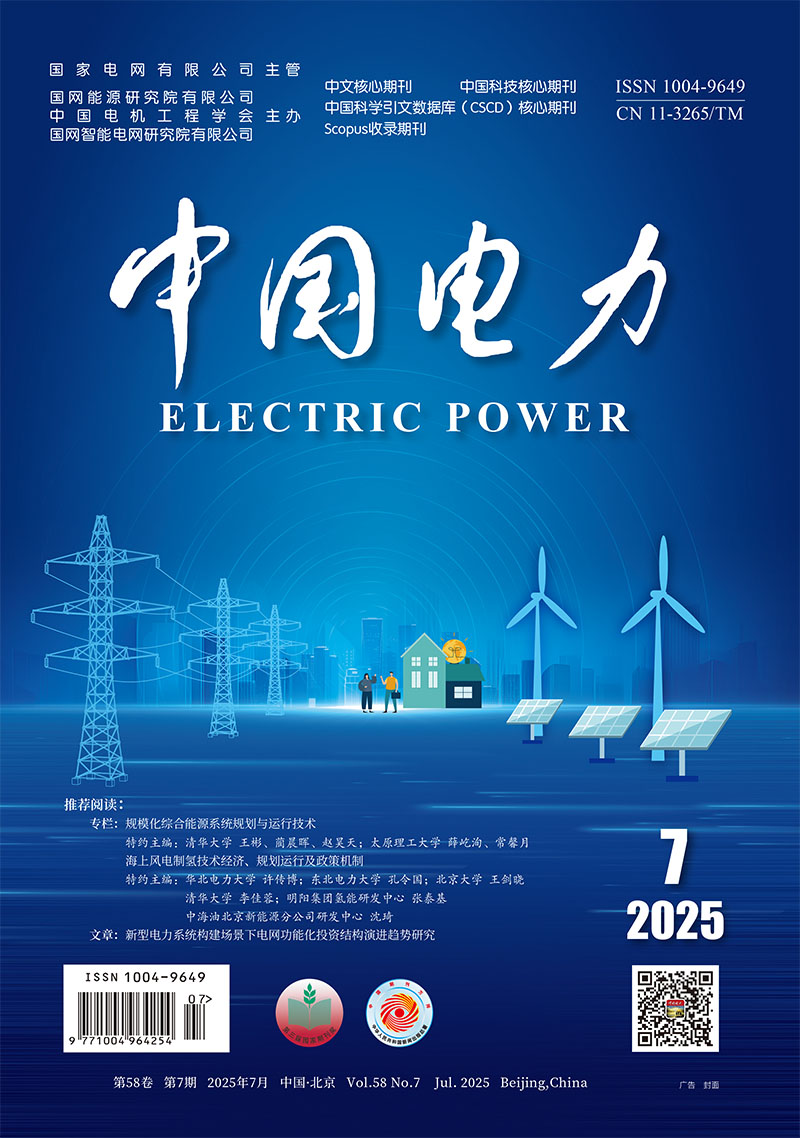-
Analysis on High Temperature Corrosion of Water-Wall in a 440 t/h Boiler Under Low-NOx Combustion Mode
- WANG Yibin, ZHANG Sicong, TAN Houzhang, LIN Guohui, WANG Meng, LU Xuchao, YANG Hao
-
2021, 54(8):
118-127.
DOI: 10.11930/j.issn.1004-9649.202004109
-
 Asbtract
(
)
Asbtract
(
)
 PDF (4710KB)
(
)
PDF (4710KB)
(
)
-
References |
Related Articles |
Metrics
The corrosive products that were collected from water-wall tubes close to burners at the lowest layer in a 440 t/h coal-fired furnace, were characterized by various technology methods including X-Ray Fluorescence spectrum (XRF), X-Ray power Diffraction (XRD), Scanning Electron Microscope and Energy Dispersive System (SEM-EDS), for the analysis and discussion of the formation of corrosive products and enrichments of trace elements. The results showed that inner corroded layer was mainly composed of FeS2, Fe2O3, PbS and ZnS, with higher enrichment of Pb element than Zn. While in the outer corroded layer, ZnS, PbS, GaS, Fe1-xS and Zn1.0Al1.04S2.13 were the major compositions of the mineral phases with minor elements of Ga, Se and Bi, but more significant enrichment of Zn and Ga elements were observed than that in the inner corroded layer. Trace elements including Pb, Zn, Ga, Se, Ge, As, Bi, Th, Sn, Sb were enriched both in inner and outer corroded layer. They were formed mainly via the vaporization-condensation of gaseous species from coal combustion and the release from the unburned carbon particle that adhered to water-wall tube surfaces. Moreover, some of condensed trace elements may re-vaporize and then diffuse into deeper corrosion layer, which would further cause the growth of the crack opening size in corrosion. During the corrosive process, the oxidation and sulfidation reactions of iron matrix occurred simultaneously and competed with each other. The cracks were first formulated at the corroded layer adjacent to iron matrix and then as the cracks developed, it started to break into small patches. Various kinds of pyrrhotite with different crystal sizes would be generated and some gaseous sulfur would be released as the pyrite migrated toward the outer layer, which suggests that gaseous sulfur may play an important role in corrosive process. Additionally, the migration and diffusion of fine particles and gaseous trace elements into iron matrix side may further accelerate the rate of internal stress cracking, to promote the diffusion of corrosive gases and aggravate the corrosion.


